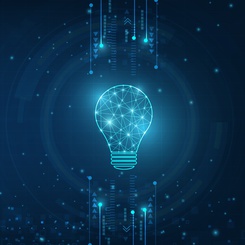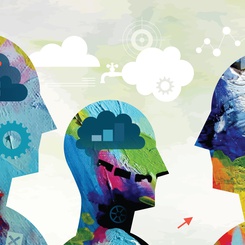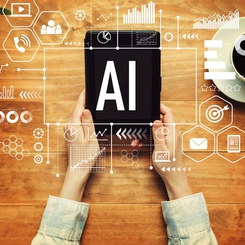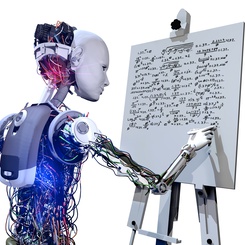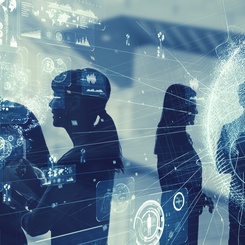Artificial intelligence is rather hard to define, if only because researchers themselves do not agree on what that concept should or should not include.
But one thing is certain: when you hear about recent advances in artificial intelligence, more likely than not, it is related to the amazing advances made in one particular field of artificial intelligence, namely supervised learning.
Mathematical Models and Prediction: What Are the Possibilities?
Imagine that you are a cardiologist and that you have to predict the risk of recurrence of a patient who has just had a heart problem. You will look at his sex, his age, his weight, his blood pressure, his lifestyle, his family history, etc., then you will make a prediction.
You could ask a mathematical model to make that prediction on your behalf. In the banking or insurance industry, in marketing, or in finance, we have been doing that for decades. If you have a database with the history of hundreds or thousands of patients, some who had further heart failures down the road, and some who had not, you could create a large, very complex mathematical model that would link the risk factors on the one hand, and the recurrences observed on the other.
The problem is that when you have not a dozen bits of information to consider, but thousands, or tens of thousands, to specify a mathematical model in a structured way is almost impossible.
Artificial Neural Networks: What Is the Use?
That's where artificial neural networks come into play. The idea of a neural network is that, rather than building a big, very complex mathematical model, we're going to use tiny, extremely simple mathematical equations, but we will use many of them, at the same time, in parallel, and we will make them communicate with each other. An artificial neuron, in fact, is just a small mathematical model, that will take input data, transform it, and send the result to the following neurons, which will retransform them, and so on. And this network, made up of very simple small units, will be able to learn very complex relationships from the data we will provide.
A Revolution
But something really amazing occurred in 2012. Thanks to scientific progress in the field, faster computing capacities, and increasingly massive amounts of data to learn from (the so-called "big data"), researchers succeeded in building "deep" neural networks, where dozens or even hundreds of layers of artificial neurons were successfully assembled together to make better predictions.
And that is a true revolution because from the moment we are able to operate very complex neural networks, we are also able to solve very complex prediction problems as well. For example, we can now identify on an image the presence of a traffic light, a vehicle, or a pedestrian... this is the technology used in particular by self-driving cars. You can take an x-ray and automatically identify the presence of cancer; or analyze the image of a mole, and diagnose the risk of melanoma. Artificial intelligence has indeed a lot of applications in medical imaging. We can take the picture of someone walking in the street, predicting if it is a man or a woman if he is young or old, happy or angry. Or, we can predict if it’s you in the picture. We can analyze a sequence of words, and anticipate the next word you are going to type. Or by predicting the next musical note, then the next, and then the next, a neural network can write a new original score in the style of Bach.
When you ask a question to your smartphone, a first neural network will take the sound of your voice and predict the words you are saying; then another neural network will take those words, and predict the meaning of your question. Or it will translate your text into another language, automatically. In marketing, cybersecurity, medicine, fraud detection, risk prediction, business in general, deep neural networks have huge spin-offs, and thousands of new applications have emerged over the last few months alone.
That said, when we talk about artificial intelligence, we do not just talk about deep neural networks. The field of artificial intelligence is much larger than that. But neural networks have displayed the most dazzling successes in recent years, and when we talk about artificial intelligence today, it is often to them that we implicitly refer.
But beware, deep neural networks are neither magical nor infallible, and it would be dangerous to think that you just need to push a button to make it work flawlessly. But that's the subject of our next video.


